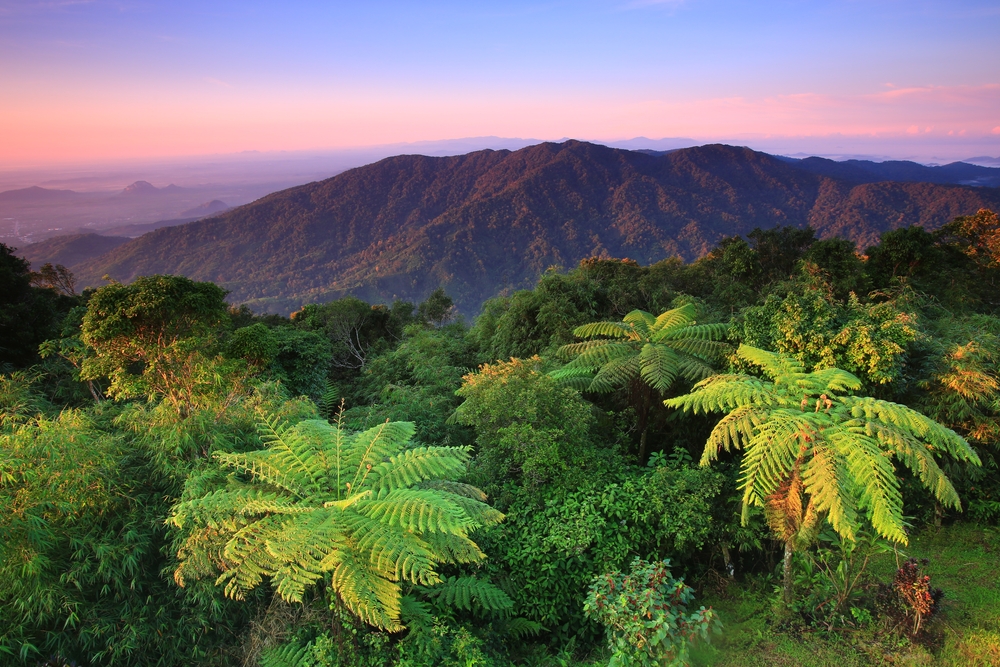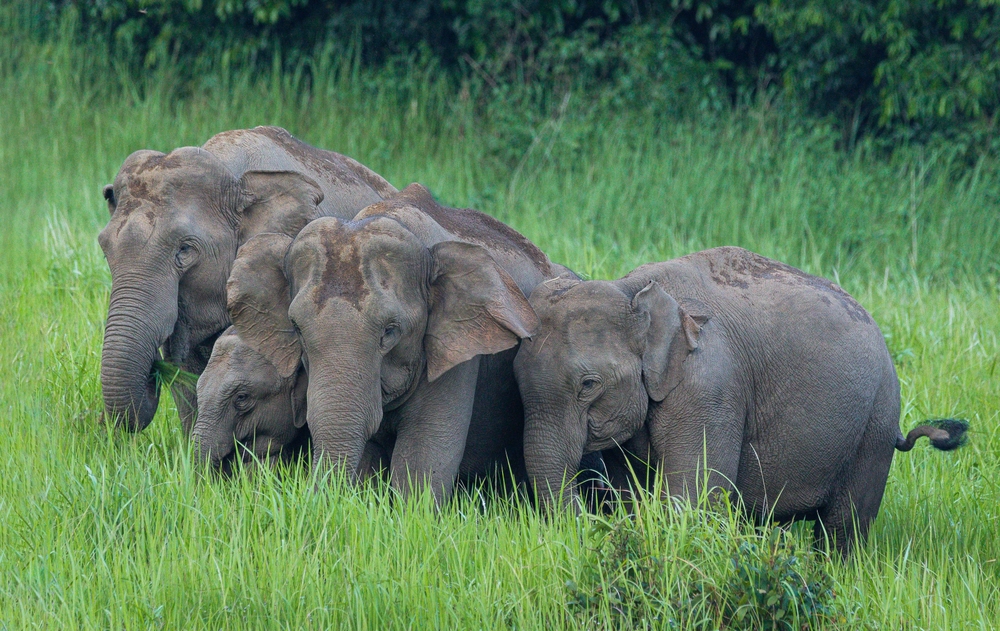Namtok Yong Overview
Namtok Yong National Park, also known in Thai as “อุทยานแห่งชาติน้ำตกโยง,” is a pristine natural treasure located in Nakhon Si Thammarat Province in southern Thailand. Spanning an area of approximately 52 square miles (135 square kilometers), this national park is a testament to Thailand’s rich biodiversity and captivating landscapes.
It is named after the Yong Waterfall, one of its most iconic attractions, which cascades gracefully down a series of rock tiers, surrounded by lush greenery. This park is part of the Nakhon Si Thammarat Mountain Range, a vital region for conservation and biodiversity in the country.
The park’s terrain is a fascinating blend of rugged mountains, dense forests, and cascading waterfalls. Its dense rainforests are primarily tropical, showcasing a variety of plant species, including towering dipterocarp trees, bamboo groves, and a rich understory of ferns and orchids.
In addition to the Yong Waterfall, the park is home to several other waterfalls such as Khlong Pe and Yong Sai Yai, which add to the park’s allure. Steep slopes and rugged cliffs punctuate the landscape, offering breathtaking vistas of the surrounding area, while river systems crisscross the park, providing life-sustaining water to its flora and fauna.
Wildlife thrives in Namtok Yong National Park, making it a haven for nature enthusiasts and wildlife watchers. Visitors may spot mammals such as wild boars, macaques, and barking deer. The park is also home to a variety of reptiles and amphibians, further showcasing its ecological diversity.
Birdwatchers will be delighted by the presence of numerous avian species, including hornbills, kingfishers, and various species of eagles that nest in the park’s towering trees. The symphony of birdsong and the occasional sighting of colorful butterflies enrich the experience for all who visit.
The Yong Waterfall is undoubtedly the park’s centerpiece, drawing visitors with its beauty and accessibility. Nature trails winding through the forest allow for immersive hiking experiences, providing opportunities to explore the park’s biodiversity up close. Camping is a popular activity, with designated areas allowing visitors to spend the night under a canopy of stars, surrounded by the sounds of nature. For those seeking more adventure, the park’s rugged terrain and mountain peaks present excellent opportunities for trekking and photography.
Namtok Yong National Park is not without its conservation challenges. Encroachment from human activity and illegal logging have historically threatened its delicate ecosystems. However, through dedicated efforts by park authorities and local communities, significant progress has been made in preserving the park’s biodiversity. Eco-tourism initiatives and environmental education programs have played a critical role in raising awareness and fostering sustainable practices. The park stands as a symbol of the balance between human activity and environmental stewardship, showcasing the positive impacts of conservation when supported by concerted efforts.


















































































